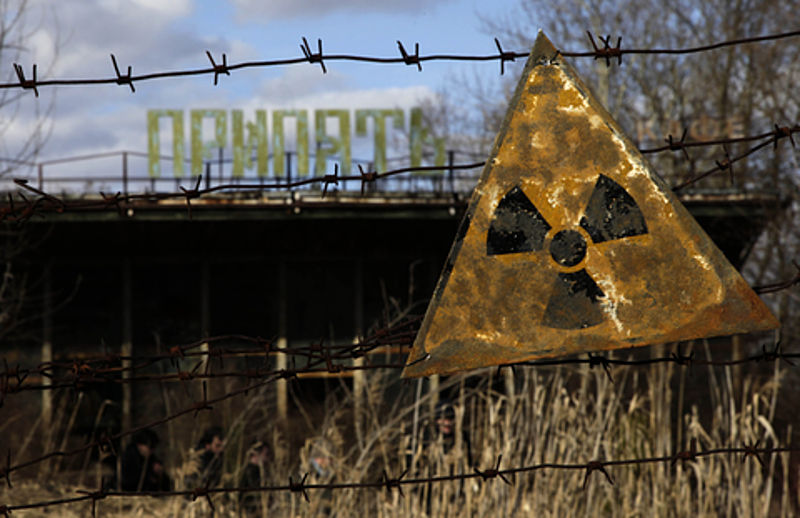
Although Alexander the Great lived a short life, he made a huge impact on the world and broke the barrier for globalization. His empire stretched from Greece to India, which at the time was much of the known world. During his conquests cities were named in his honor, Hellenistic culture spread throughout the land, trading expanded to across the continent, and times were relatively peaceful. Alexander the Great’s impact on the world may be taken for granted after all these years, but if you look closely it has had a big impact of history.
As Alexander conquered
more and more other empires the Hellenistic culture of the Mediterranean spread
across Asia. The Greek language quickly became the language of the trade and many
people benefited from this. With a common language people became more connected and the Greek culture flourished. Greek art and drama became more
popular. New schools of philosophical thought emerged. Because of this
globalization of the Greek culture people across Eurasia and it became more connected.
Not only was Greek culture spread across the empire, but in some places like
Egypt, cultures combined together such as the god Seraphis which was the
combination of the Egyptian god of the dead Osiris and the Apis Bull. Many
other Greek-influenced cultural transformation happened throughout the Mediterranean
area.
When Alexander would
conquer an area he would not only spread Greek culture but he would bring
unification. His conquests eliminated the idea of the Greek city-state and brought
on the idea of unity. With a strong stable government trade flourished during
Alexander’s reign. With a common language and relatively safe trading routes
the Silk Road began to be forged. Caravan cities began to thrive all across the
empire. Many of these cities were named after Alexander himself. The city
Alexandria in Egypt became a cultural hub as well as an immense sea-trade city.
Many different goods such as Chinese silk could now be found on the other side
of the continent. Silk was not the only thing that traveled across Alexander’s
new empire. Religions such as Buddhism and Zoroastrianism now spread from out of
India and Persia. Buddhist monks would travel from the Mauryan Empire east into
China and central Asia. However they had greater trouble making their way east
because of Zoroastrian traders. However Roman art has shown depictions of
Buddha showing that some did succeed.

When Alexander died his
empire was broken into three smaller empires. The Seleucid Empire in Persia, Macedonia in the Mediterranean, and the Ptolemaic dynasty in Egypt. These three empires all had aspects from the Hellenistic culture
that Alexander brought with him as well as aspects from their own culture.
Alexander the Great had a goal of bringing people together. His motto was "All mortals should live like one, united, and peacefully working towards the common good. You should regard the whole world as your country, a country where the best govern, with common laws, and no racial distinctions. I do not separate people, as many narrow-minded others do. I am not interested in the origin or race of citizens; I only distinguish them on the basis of their virtue. For my part I consider all. whether they be black or white, equal." From
this idea of bringing people together and making the world a smaller place
Alexander the Great was the first person to globalize the world.

For More Information check out this video - https://www.youtube.com/watch?v=MQfBinQwPGs
Sources: http://semiramis-speaks.com/the-impact-of-alexander-the-greats-conquests/
http://www.thethinkclub.com/2010_Oct/perspective_alexander.pdf
http://www.history.com/topics/ancient-history/alexander-the-great





